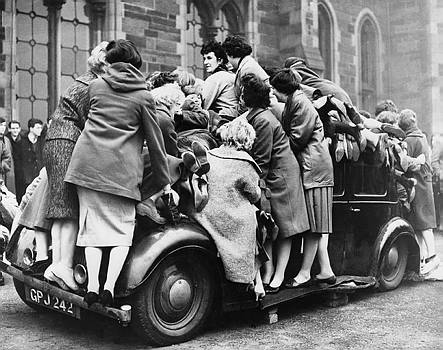A study by Stanford University has shown that in 15 European countries, women depend on public transportation much more than men do, and it might have something to do with the kinds of jobs they have. Specifically, women with careers in the “care industry” (which depends more on public transportation in general) are more likely to use public transportation than their male counterparts as well as men in other lines of work. Over here in the U.S., women with children under the age of five also use public transportation more than men do. So, what exactly does it mean, then, when cuts are made to public transportation? Is this a new issue for gender equality?
The study uncovered the following:
● A greater number of women than men make multiple-stop trips when traveling between their homes and workplaces. However, this observed sex difference is decreasing, mainly due to an increase in trip chaining among men (between 1995 and 2001, the number of stops men made while returning home from work increased by 24%).
● Women make more short stops on the way to or from work than do men to perform household-sustaining activities, such as shopping and family errands, and working women in two-worker families were twice as likely as men in two-worker families to pick up and drop off school-age children at school during their commute.
● Other demographic variables interact with sex in predicting trip chaining. For example, having a child under the age of 5 in a household increases trip chaining among both women and men—see chart (McGukin et al., 2005a).
What is “trip chaining,” you ask? It is using public transportation to make multiple stops, not just Point A to Point B.
Obviously, there are tons of factors besides gender to consider when you see the numbers: age, income, location, the amount and age of children, and, apparently, race. But there is a very big emphasis on people who make “caring” trips — both people who have careers in the care industry and those who care for their own families. Caring trips were divided into several sub-groups: escorting, strolling, shopping, and visiting (all these had separate non-care categories as well). It was also found that the vast majority of people making such trips were women, including women whose jobs were in the caring field. Black and Asian women (in the U.S.) were found to use public transportation even more than women of other races.
So, the next time your local politician talks about making cuts to public transportation, it might be time to wonder if women should take it personally. Or if they just haven’t read this kind of study, which they probably should.
(Gendered Innovations via io9)








Published: Jan 27, 2012 01:59 pm